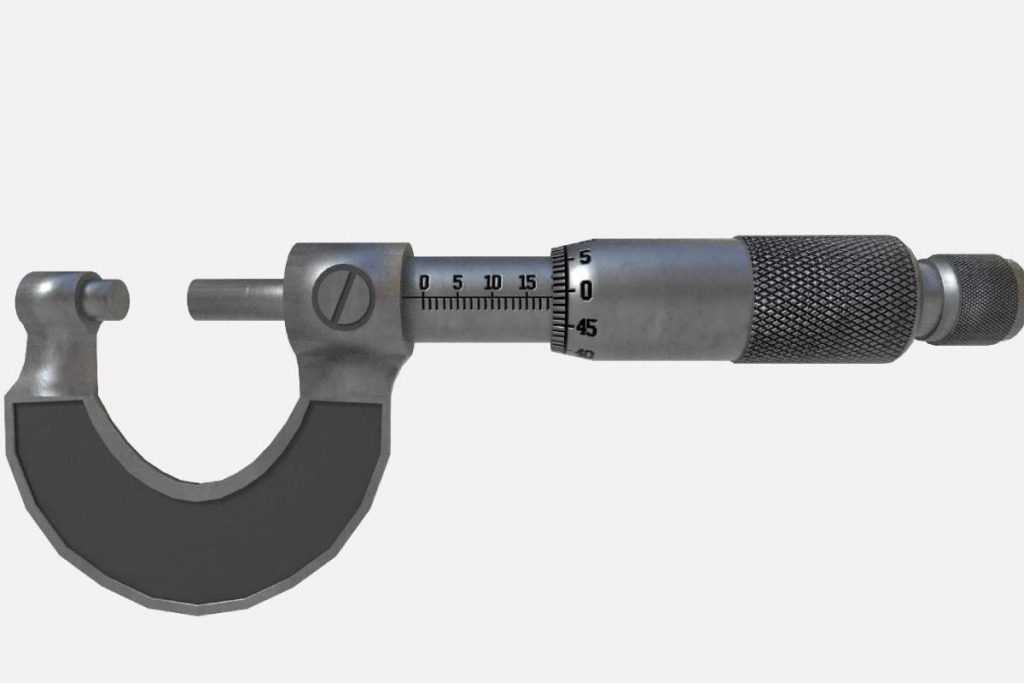Micrometers are usually the most used precision measuring instrument around, and for very good reason. Also sometimes referred to as micrometer screw gauges, they are crucial measurement tools that are used by the likes of machinists, mechanical engineers and many technical trade workers.
Typically measuring in increments of .01 millimetres, micrometers provide measurements that are exceptionally accurate and they are often far preferred by machinists to other tools such as callipers as they enable a much greater degree of measuring accuracy.
Table of Contents
The features of a micrometer
Traditional micrometers usually come with several different parts and there are some must-have features that need to be taken into consideration when buying a new micrometer.
The anvil
The anvil is, along with the spindle, the feature that will come into contact with the part most often and therefore has the greatest likelihood of being chipped. Because of this the best quality models usually come with a carbide-tipped anvil that provides the tool with a longer lifespan.
The frame
There are many different shapes and sizes of frames. The frame is there to ensure that the anvil and the barrel are optimally positioned.
Certain shapes are designed for particular uses, such as the hub micrometer that is intended to be able to reach into very small areas while still retaining the ability to take highly accurate measurements. The type of part that you are intending to measure needs to be taken into consideration when selecting a micrometer.
The lock nut
Spindle locks are useful for keeping track of measurements and for locking the spindle for the purpose of small lot gauging. Certain micrometers come with a lock nut, while other micrometers may offer a locking lever instead. Many experts recommend the locking lever over the lock nut due to the fact that it appears to require less attention over time and is also simpler to use.
The ratchet speeder
Many micrometers come with a type of slipping clutch that is there to stop over-tightening and help the operator with the application of a constant measuring force onto the spindle, which helps to make sure that measurements will be accurate. While this feature may not reinvent the wheel, it should be taken into consideration as it can be of particular use in production situations that require one QC spec but different operators.
The sleeve scales
The main index scale appears on the sleeves of all micrometers, the most accurate micrometers also feature a Vernier scale that provides even more accurate measurements.
Analogue/ digital?
There is little difference in accuracy between digital and traditional analogue micrometers, though the digital devices do come with the advantage of several useful extra features.
In addition to a digital readout, digital micrometers also offer the advantage of resolution and quick scale conversion. Most digital electronic micrometer displays can be converted from imperial to metric, and the reverse of that, very quickly.
Different micrometer types come with measuring ranges that go from 255 millimetres to 0.1 inches.
The micrometer should be carefully cleaned and stored to ensure its continued use.


